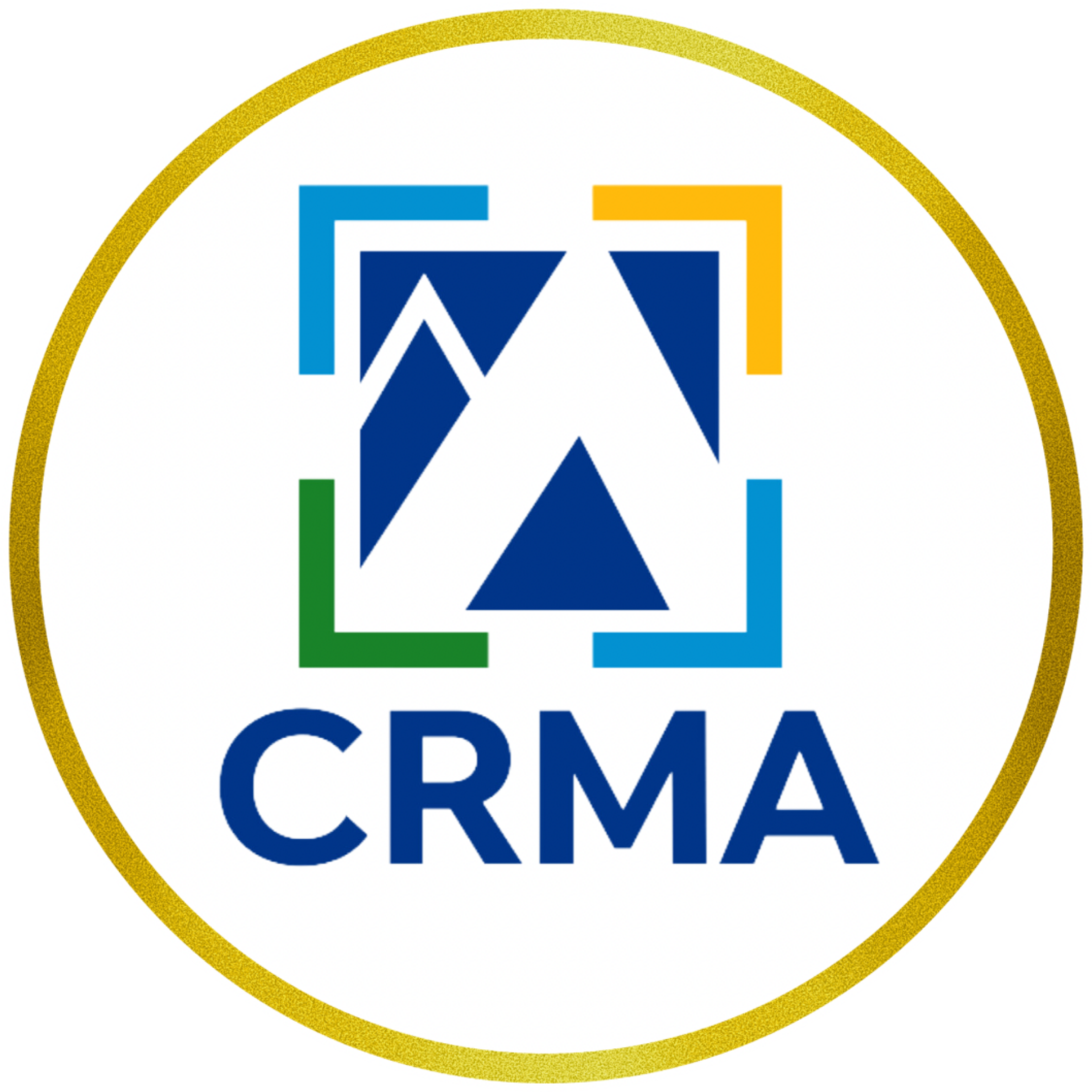What is your “Goldilocks” limit?
Today, we delve into the intriguing concept of the Goldilocks Rule. Do you have a Goldilocks limit, and are you aware of it? I think we should find out.
The human brain loves a challenge, but only if it is within an optimal zone of difficulty. You will quickly become bored if you love tennis and try to play a serious match against a four-year-old. It’s too easy. You’ll win every point. In contrast, if you play a professional tennis player like Roger Federer or Serena Williams, you will quickly lose motivation because the match is too difficult.
Now consider playing tennis against someone who is your equal. As the game progresses, you win a few points, and you lose a few. You have a good chance of winning, but only if you really try. Your focus narrows, distractions fade away, and you find yourself fully invested in the task at hand. This is a challenge of just manageable difficulty, and it is a prime example of the Goldilocks Rule.So, what’s the Goldilocks Rule? It’s the idea that humans experience peak motivation when working on tasks that are right on the edge of their current abilities. Not too hard. Not too easy. Just right. This sweet spot of challenge and skill is where we can optimize our motivation and performance. (Harvard Business Review)
How would you apply this concept to risk management?
Is this concept an asset or a liability in the risk management space?
